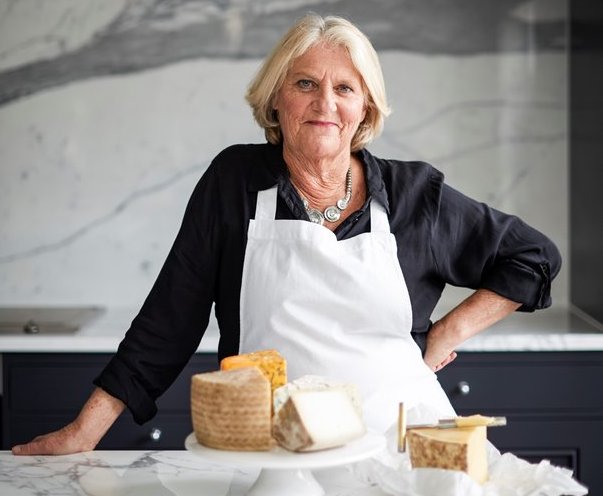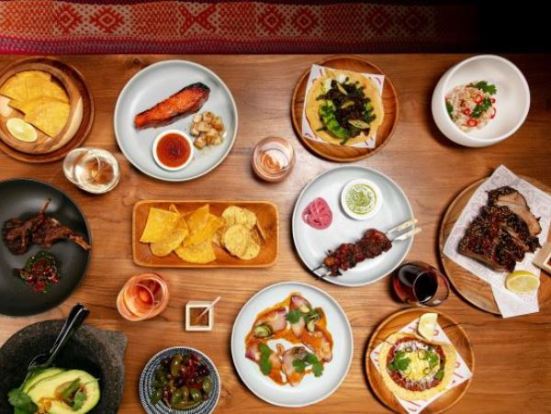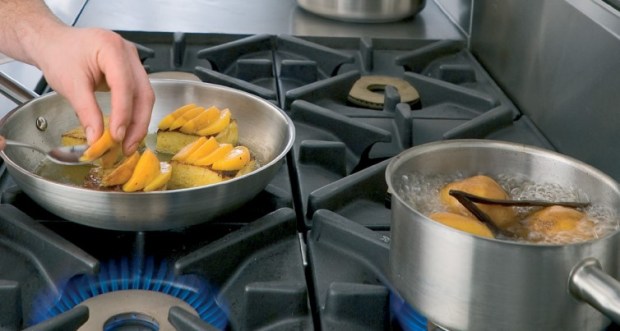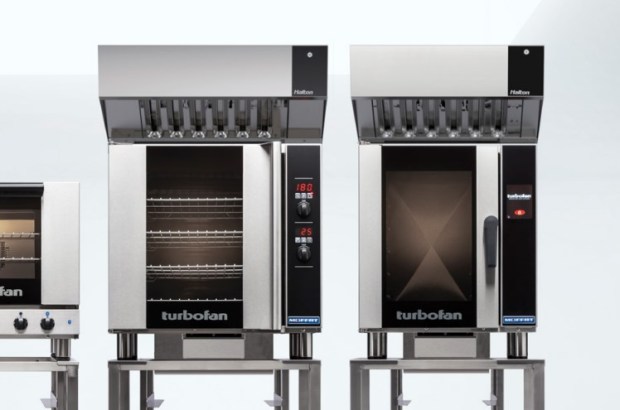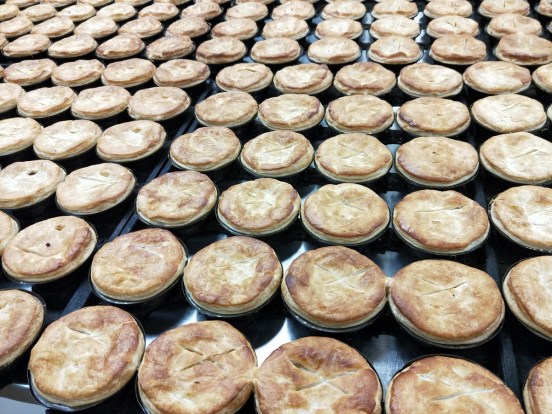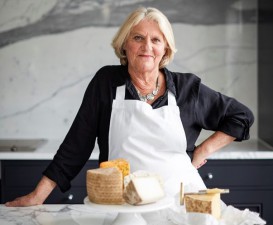 Renowned international cheese expert Juliet Harbutt shared some of her personal tips on how to make a good cheeseboard – and make it profitable, while visiting New Zealand recently.
Renowned international cheese expert Juliet Harbutt shared some of her personal tips on how to make a good cheeseboard – and make it profitable, while visiting New Zealand recently.
![]() UK-based Harbutt was a guest presenter at W&F, an annual two-day public event run in September by the Auckland-based New Zealand School of Food & Wine, where she also launched her NZ Certificate of Cheese Course.
UK-based Harbutt was a guest presenter at W&F, an annual two-day public event run in September by the Auckland-based New Zealand School of Food & Wine, where she also launched her NZ Certificate of Cheese Course.
Harbutt has a long history with cheese. She grew up in New Zealand before selling her Wellington deli-café The Parson’s Nose and moving to London in 1984. There she set up Jeroboams, The Wine and Cheese Shop, which offered a selection of more than 250 mainly raw milk French and British artisan cheeses.
In 1994 she created the British Cheese Awards, but she also runs numerous cheese workshops and master classes and has published numerous books including The World Encyclopaedia of Cheeseand the British Cheese Directory. Her latest World Cheese Book won Best Food Book 2010 at the UK Guild of Food Writers awards.
Her personal mission is to promote excellence and raise awareness of cheese and its magic, especially artisan cheeses and those made with raw milk. These are her top five tips for creating an excellent cheeseboard – that’s profitable too:
1 Mark cheese low please
Don’t have the same mark up on cheese as you do for the rest of your menu. All you have to do with cheese is slice it. If you mark it up the same as other menu items, you’ll reduce the number of people ordering the cheese and therefore increase your wastage. It’s a vicious circle.
2 Just give them the cheese
Most people just want the cheese not everything else that goes with it – like fancy preserves, jams or baked goods. This doesn’t mean you have to serve vast quantities of cheese; you’re simply letting the cheese be the focus with the bread, pickles, nuts or chutney taking a back stage.
3 Describe the cheese
If you put ‘pudding’ on your dessert menu with just a dollar value beside it, how many orders would you get? Not many? Right, so it’s the same with cheese. Describe your cheeses and what they taste like on the menu too so people don’t worry about them being too strong or spicy for instance.
4 Have cheese options
Offer one cheese from each of the seven different types on your menu and indicate that at any one time you’ll serve between three and five of these cheeses. That way you can slot in a new cheese or swap one out if you’ve run out. Like a special wine list, you don’t have to have them all, all the time. You can also then stagger the pricing structure so you could charge say, $10 for three cheeses, $12 for five or $15 for seven perhaps.
5 Upsell by offering wine
If you want to upscale your customers and get them to spend more money then recommend glasses of wine to go with your cheeses but remember the best wine to go with cheese is often a white wine. For an eclectic menu, offer tea, whisky or Sake with your cheeseboard.
Juliet Harbutt will return to New Zealand to run a series of cheese workshops in February 2015. Visit www.thecheeseweb.com for more details, or email Juliet at cheese@thecheseweb.com.


